There are a lot of ways to say the same thing, but changing your words can make all the difference.
In marketing – scratch that, in life – communication is everything. It’s not about what you say; it’s about how you say it, right?
At DARCI Creative, we’re champions of communication. We believe that language is an incredibly powerful tool – powerful enough to spark wars, create peace… and in business, convince people to get behind a brand and hand over hard-earned money for the products and services that brand provides. How else is Apple able to release iPhone after iPhone, worth hundreds of dollars (and arguably not a necessary upgrade), and leave consumers raving, I need that. The power of language.
With a knack for the written word, we help businesses of all forms with content development, from website and digital ad copy to newspaper features and radio scripts. Creative copywriting is kind of our specialty, and today we’re sharing a few tips and tricks for fellow copywriters and business owners alike to craft a brand’s voice and tell a story. A story that speaks volumes.
Dig Deep Into Your Brand
Before anything else, it’s important to ask yourself what kind of voice your brand will carry through each marketing message you put out. Is it humorous? Professional? Punchy? Consider your product or service and the tribe you want to gather. The better you can speak to them and connect on a human level, the more successful your marketing efforts will be.
Add a Little Personality
Speaking of connecting with your audience, show them who you are through your copy. We find that a lot of clients hesitate to use emotion in their marketing messages; maybe they think it lacks polish or is too “out there”. But we all have hearts and we all feel things. And the best brand marketing? It makes you feel something because of great writing, no matter what you’re selling. So don’t be afraid to insert your own unique voice and style to grab the attention of your readers. Your brand may be based on a more serious tone, but that doesn’t mean your content needs to read with a monotonous voice.
Cut Out the Fluff
Remember those school days when you struggled to reach a word count on that dreaded term paper? You’d make your point, restate that point with different language, and maybe weave in unnecessary filler words hoping it all worked cohesively? We’re glad to say those days are over, and in the realm of professional copywriting, fillers are killers. So do be yourself, but don’t overcomplicate your content. Keep your messaging clear and concise. Tell your audience what you came to tell them. You only have so many seconds to hold their attention before they move on to another website, another article – whatever it may be. Make those words count!
Organize Your Content in a Visually Appealing Way
Whether you’re writing a blog post or creating a brochure, give your words the chance to shine. Select a font that’s non-distracting and easy to read, and break up your copy into paragraphs or bullet points to give your words the space to breathe. Feel free to add a little oomph to your text through bold, italicized, or underlined characters. But do us a favor and exercise restraint here. These effects are made for emphasis and should be used in moderation. Because you definitely want to avoid yelling at your readers (for example, speaking in ALL CAPS OR USING TOO MANY EXCLAMATION POINTS!!).
Finesse (Because Grammar Always Counts)…
Always write with a healthy dose of grammar in mind. Be careful to avoid those pesky mix-ups like than and then, you’re and your, they’re, their and there. Mistakes like these will kill your credibility (and honestly, thinking about it makes us cringe).
… But Give Yourself the Freedom to Play
Grammar matters big time, and sometimes there’s a clear right and wrong when it comes to word choice. That being said, language is incredibly subjective, and when it comes to things like sentence structure, punctuation and the like, we’d encourage you to consider the rules as guidelines. Each writer has his or her own preferences when it comes to the written word, and if you want to use a hyphen where your colleague would use a semicolon – use that hyphen all day. (Sorry, ‘grammar Nazis’.)
Oh, and one more thing: proofread everything. Seriously. No one likes to see tyops littred throghout what was meant to be a professional piece of writing. ‘Kay

DARCI Creative
Total Brand Agency





